Showcase Monday: Museum of Living Computers - Inspiration from the past. Part 2
There is no doubt one of the main catalysts in innovation and advancement of computer technologies has been gaming. Video gaming has evolved parallel to computers in general. Video gaming brought enormous amounts of interest in computers, generated cash flow, motivated many to become software engineers. The video gaming industry on itself is a great achievement in the development of computer technologies.
This is a recreation of a first computer game developed in 1958, Tennis for Two that has been made for entertainment and simulates the game of tennis.
Physicist William Higinbotham developed Tennis for Two in 1958 at Brookhaven National Laboratory. It is widely accepted as the first video game ever created. Using Highbotham's original schematics, Living Computers' engineer Keith Hays created a "reliable translation" of the original, substituting modern solid-state electronics for mechanical relays.
Compared to the games, and gaming consoles we have today, just the thought of knowing it all started with a simple tennis game is a humbling and inspiring experience. These days a lot of interest and development in gaming seems to be happening in virtual and augment reality technologies.
Virtual reality and augmented reality use computer imagery to alter our perception. These images can enhance or augment our view of the real world, or replace it with a virtual world to explore. These technologies sprung out of Cold War-era research, which produced flight simulators, helmet-mounted sights, and see-through displays used by the military.
Popular interest in VR and AR reached a fever pitch in the late 1980s, but products underwhelmed. Hopes were dashed, companies shuttered, and the VR filed entered a decades-long winter. Today, virtuality is resurgent. The combination of powerful graphics processors, inexpensive sensors, and healthy demand for gaming has renewed hope in the promise of VR and AR.
While hardware and software are important for gaming, art and artistry are equally as important. Although there was a section for digital art, I wasn't too impressed with it. They had few computers from the past, touchscreen tv's, and a Table Where Little People Live by teamLab.
There was also an area for robots and robotics. One of the interesting robots was Baxter, although not as cool as Asimo.
Baxter was made by Rethink Robotics and introduced in 2012.
Baxter performs simple jobs with ease. From loading to sorting, Baxter will transform your production line. Programming is a snap and requires no coding. Advanced features make working alongside Baxter safe.
One of the most interesting parts of the Museum of Living Computers was about self-driving cars. Self-driving cars seem to be the future we are heading as far as transportation goes. I was surprised to find out that futurist has been predicting autonomous vehicles since the 1920s. These techno-dreamers envisioned a push-button future where accidents, driver fatigue, and traffic jams would become relics of the past. Look at this magazine advertisement from 1957.
Today major automakers around the world are actively pursuing autonomous vehicle development, and industry outsiders such as Google and Tesla are leading the charge. Urban planners predict self-driving vehicles will transform our urban centers, eliminate auto accidents, and make our transportation networks more efficient. As before, the promise of autonomous vehicles is on the horizon. This time, this might just happen.
A self-driving car navigates its environment without any human input to safely guide the vehicle. This is harder than it sounds. There are still many challenges facing autonomous vehicle technology. GPS is often unreliable and rarely provides the level of detail, within centimeters, required. Computer vision systems are challenged by certain road scenarios. Varying weather conditions, such as rain or snow, can overwhelm systems. Object detection still needs development.
The last photo shows the self-driving car simulation they had. This is the end of the museum tour. If you haven't read part one, you can read it here.
I would like to leave you with a question. Do you know what is in the photo below?
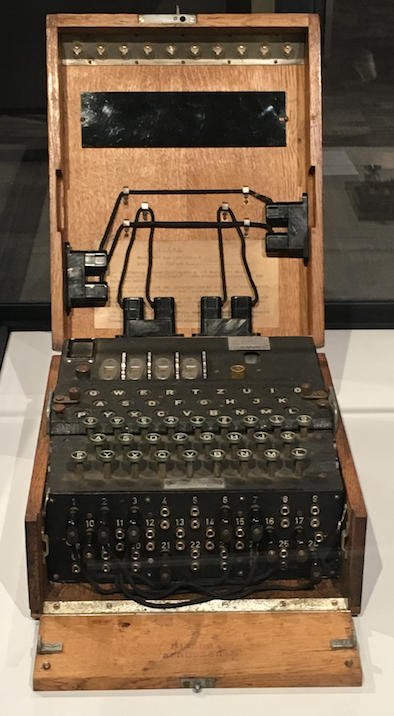
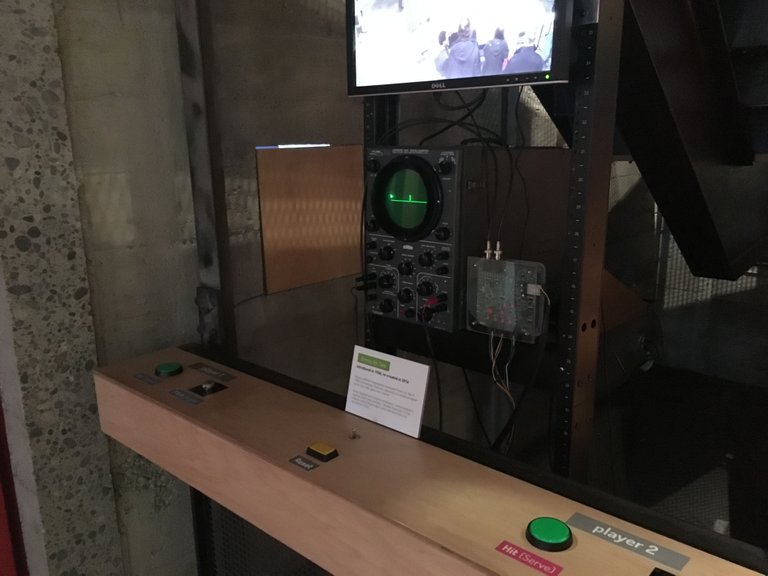
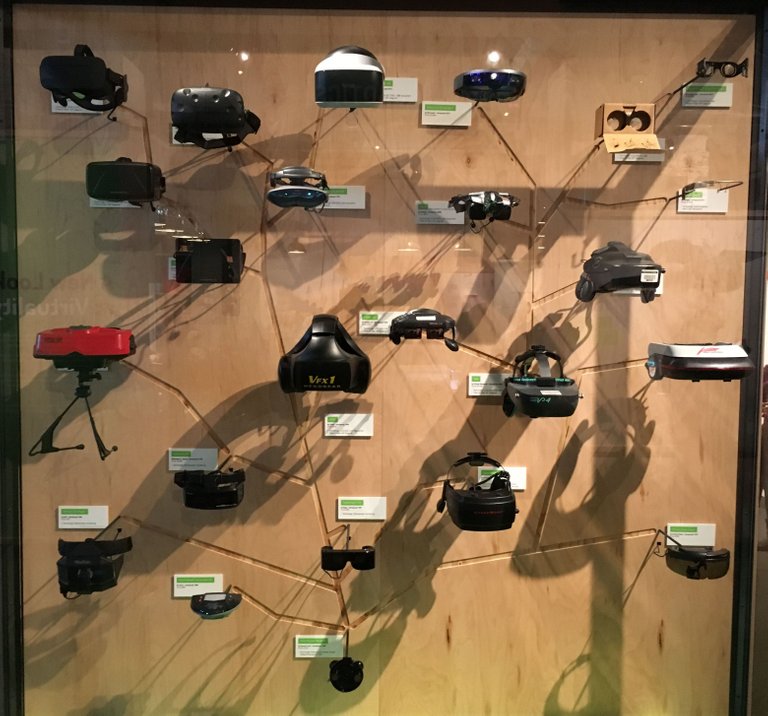
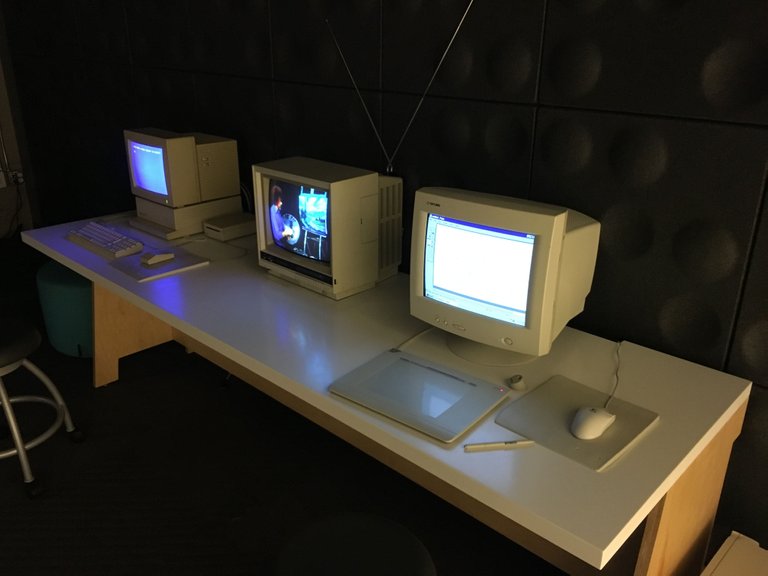
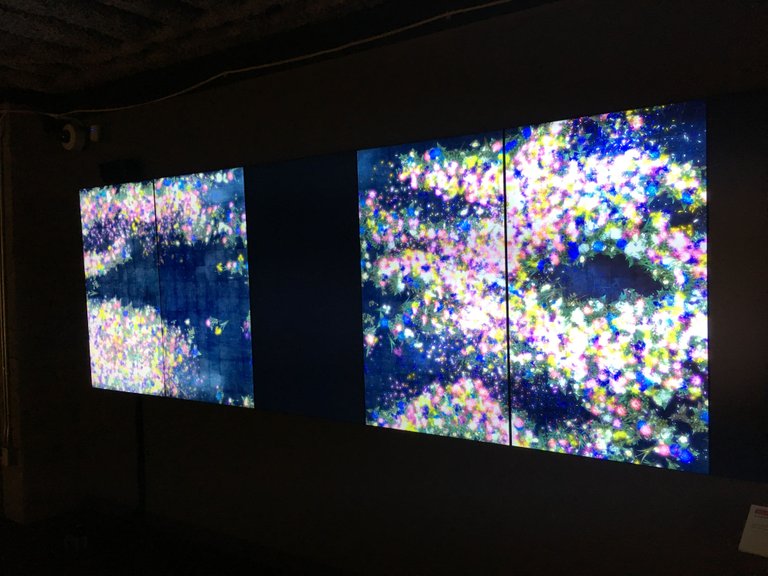
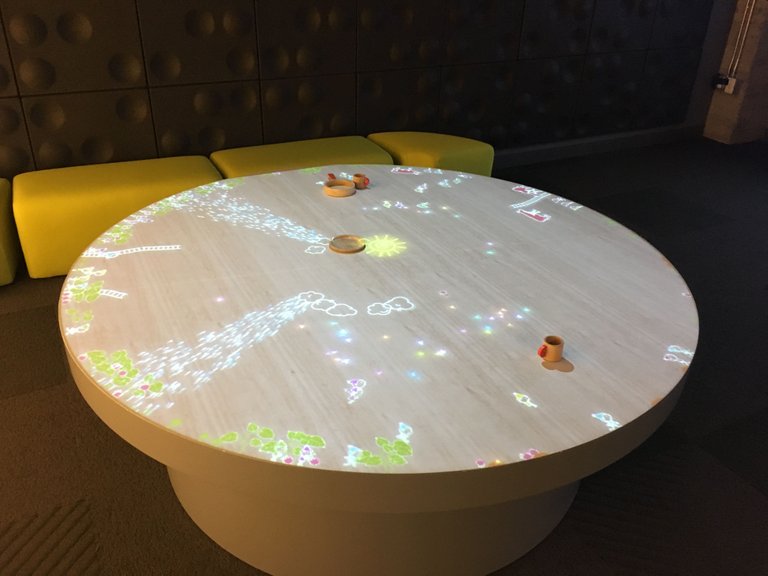
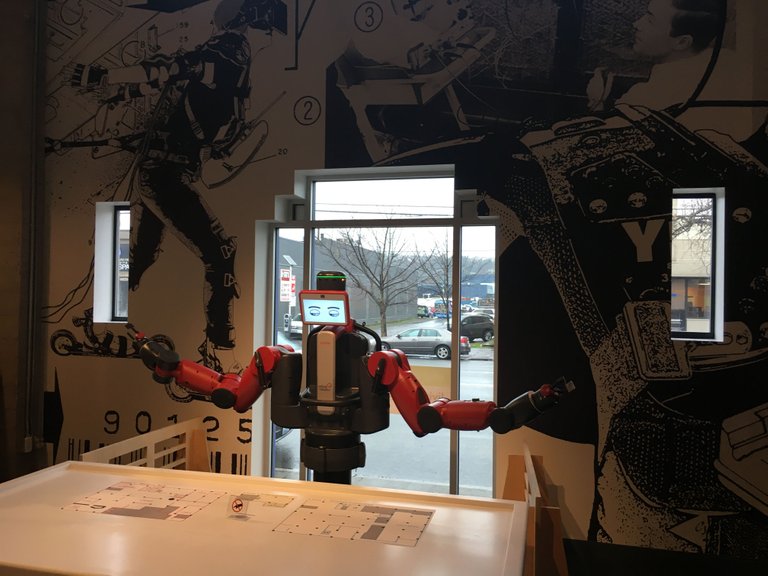


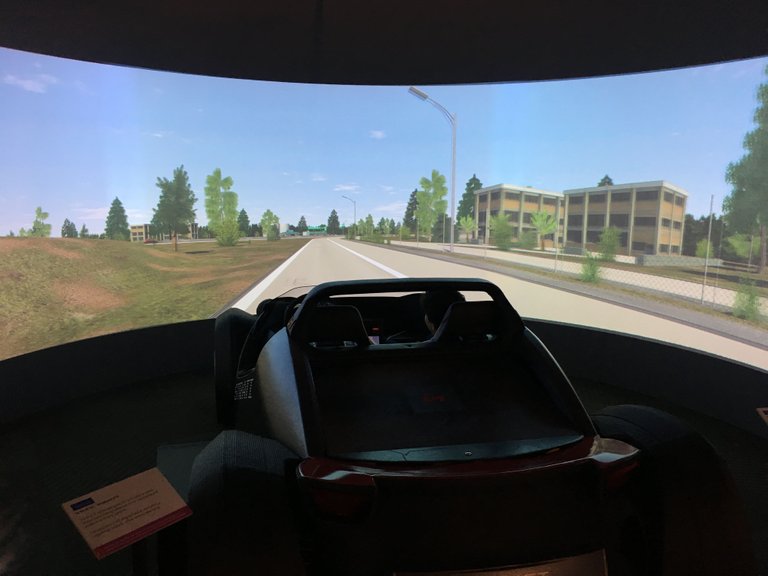
Great. going for the part 1 which I missed. The photo is Enigma Coding machine, used by Germans while WW11 to encrypt their messages (Googled 😀 )
Googling is smart. Well played!
and i thought this was an early prototype of the typewriter. hehe
I must say VR/AR is already being implemented in far more "real-case" studies, science and communications still in development phase, but yeah - I think that everyone play games or gets that addictive rush for few hours when presented with awesome stuff. :)
Sabari said it, Enigma it is. :)
I knew it was Enigma, first thought it was - yes, this is Enigma.... but then some doubting, that movie "The Imitation game" completely screwed up my perception of Enigma that it must be a big machine since they needed so much computational power for decoding. :)
The Imitation Game is definitely one of the movies I enjoyed watching. It gives us an interesting perspective on the advancement of computer tech. On the one hand, it is amazing to see how far we have come in such a short period of time. On the other hand, sadly wars and military conflicts played a big role in these achievements.
So much nostalgia packed into this post!!! Great job and thank you for sharing @geekgirl!
I love loading up Retropie and showing my 9 year old son what games were like for dad at his age. He has a great time playing and loves the old ninja turtles games lol.
PS.
I did not know what this machine was, but the comments gave it away. Super cool :)
It is crazy how futuristic in some areas they thought the future would be by now that we are still trying to reach. I know a few people that would just love it if they could play video games with family while waiting in traffic and let their car drive itself. So close, I just would not trust it quite yet!
Hi @geekgirl
My personal computer looks a lot like the one in this picture, It's a pentium 4 LoL
I think I should send my equipment to that museum
lol, you still use pentium 4?
We need to upgrade you to Raspberry Pi asap :)
JAJAJAJ yes, with a 80GB hard drive and 2GB RAM
I practically use it only for Steemit I can not do much, In Venezuela it is very expensive to buy a new equipment.
Almost everything I do on the platform is to save money so I can buy food and help those I can.
First I had installed in ubuntu 5 then I raised it to 7 then to 8 then to 9 in that ubuntu 9 the computer got very slow, I lowered it to 8.
It is not easy sometimes I can take up to 15 minutes to do something when it gets stuck.
But it is better to have this equipment than to have nothing. there was a time I had no computer, the hard drive was damaged, I got another disk of the same capacity.
I had to write from a cell phone lol an S4
It looks very nostalgic. It is a nice place. Thanks $trdo